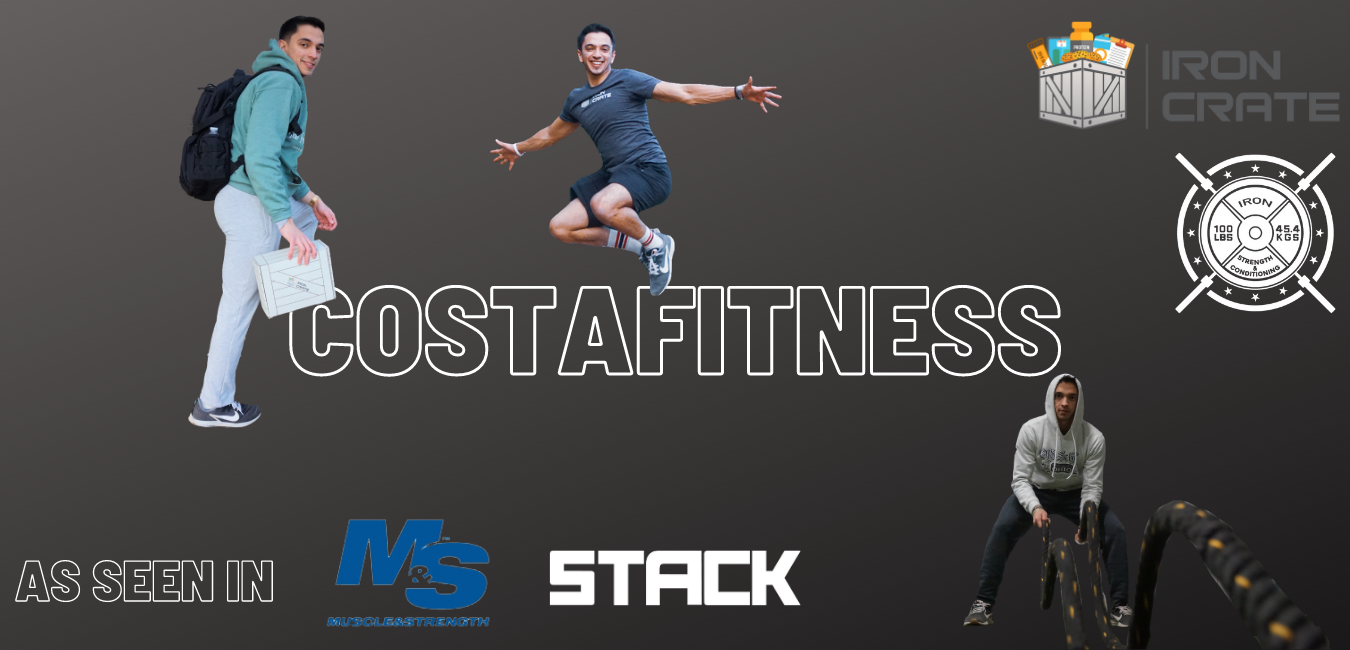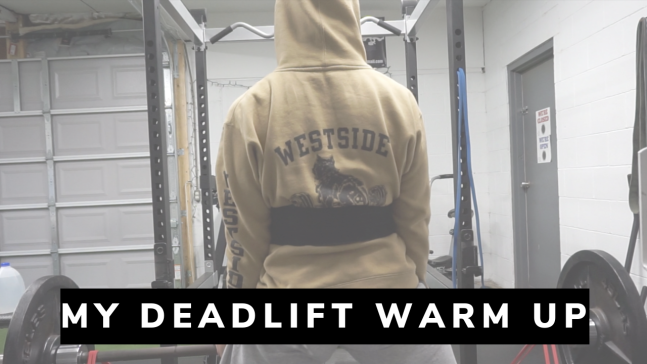The deadlift is one of the most taxing exercises. With tons of variations that can be down, it can make it easy to be injured if you don’t warm up properly. I have seen a lot of injuries due to not warming up, so lets break down the warm up for your deadlift in todays article.
Why warm up?
The warm up and cool down are crucial for your workout. Without an efficient warm up, you are opening up your chances to injury. Without cooling down, you are increasing your chances to what is called venous pooling of blood in the lower extremities. This can cause you to be light headed and also cause dizziness especially in higher intensity workouts.
What should your warm up look like?
When I discuss warm ups with someone, I take into account what kind of workout they are getting ready to perform. I also look at a few other factors such as the clients health, previous injuries, age, equipment around the gym and more. That is how important the warm up is and it should be thought of as so.
It would take a long time to go over how your warm up should look if I listed every possibility so that is why I will be talking about warming up for the deadlift.
Every good warm up should have you breaking a very light sweat or right on the edge to start sweating. Starting off on a cardio movement such as a bike, treadmill, elliptical, etc. would be good to start with. Again depending on the workout listed, would vary the warm up time but 3-10 minutes should do in most strength workouts for the cardio. I would like to also list that it should be down at a low intensity such as a 50-75% speed in most machines.
Next I look at performing a self myofascial release method such as foam rolling. 5-10 minutes could be spent here if needed. I like this because this followed up with some dynamics will allow an increase in blood flow in the areas worked. This will help increase mobility for the time being, warm up that muscle and allow a decrease in chances of injury.
Dynamics are next on the list. A dynamic movement is typically described as a movement allowing a full range of motion, in turn giving a light but efficient stretch to the muscle.
I do not typically perform static stretches because this tends to relax the muscle as where the dynamic stretches can ready the muscle to fire for our strength movements.
After dynamics, I work my weakness areas to wake the muscles up to fire properly. This is where the warm up can sometimes be very specific and specialized to the individuals needs. Lets say you have low back pain, or your back is a little tight on a day we are scheduled to deadlift. I would incorporate a couple exercises like the reverse hyper, walking lunges, and back extensions or band good mornings. This would allow more blood flow into the back and assisting muscles to increase the stability for the low back. This portion can be different for everyone most of the time.
Last we have what I call “pre activation work” which is very similar to the strength movement we will do. This may also look like the weak areas we hit depending on the individual. Since we are on the subject of the deadlift, I like to incorporate stiff leg deadlifts, goblet squats, and sometimes a couple sets of pile squats to wake up the adductors (inner thigh muscles) if we have a sumo deadlift day.
I also want to mention that when doing any strength movement, especially the deadlift, START LIGHT and do a couple warm up sets to check technique and get the right muscles firing.
My deadlift warm up routine
Bike
Foam roll
Leg swings
Hip circle walks – front, back, sides
Stiff leg deadlift w/ dumbbells
Iso Glute raise with band pullovers
Start with lighter weight to check technique
That sums up the majority of the things needed to be covered today but if you have any questions on warming up, please reach out to me and ask some questions! I hope you all have a great day and enjoy this article and video!
-Alex Costa-

